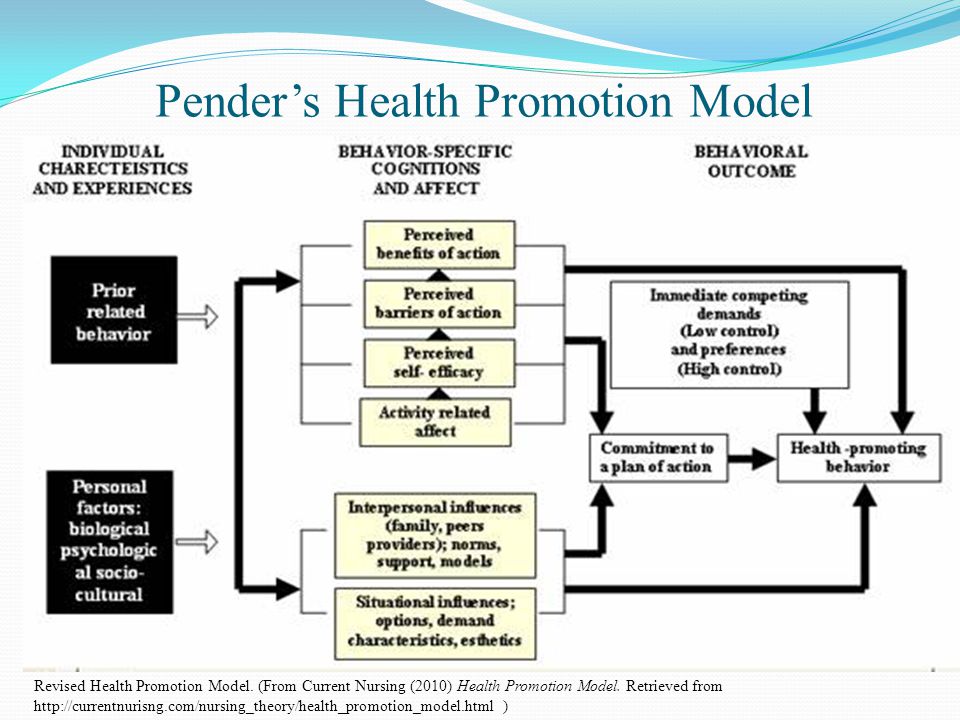Discussion: Legal and Ethical Conduct
As emphasized in this week’s media presentation, all nurses need to be familiar with the laws and regulations that govern their practice: their state’s Nurse Practice Act, ANA’s Nursing: Scope and Standards of Practice, specialty group standards of practice, etc. In addition, basic ethical principles guide nurses’ decision-making process every day. ANA’s Code of Ethics and ANA’s Social Policy Statement are two important documents that outline nurses’ ethical responsibilities to their patients, themselves, and their profession. This said, there is a dilemma: The laws are not always compatible with the ethical positions nurses sometimes take. This week’s Discussion focuses on such a dilemma.
To prepare:
Review this week’s Learning Resources, focusing on the information in the media presentation about the relationship between the law and ethics.
Consider the ethical responsibility of nurses in ensuring patient autonomy, beneficence, non-malfeasance, and justice.
Read the following scenario:
Lena is a community health care nurse who works exclusively with HIV-positive and AIDS patients. As a part of her job, she evaluates new cases and reviews confidential information about these patients. In the course of one of these reviews, Lena learns that her sister’s boyfriend has tested HIV positive. Lena would like to protect her sister from harm and begins to consider how her sister can find out about her boyfriend’s health status.
Consult at least two resources to help you establish Lena’s legal and ethical position. These resources might include your state’s Nurse Practice Act, the ANA’s Code of Ethics, ANA’s Nursing: Scope and Standards of Practice, and internal or external standards of care.
Consider what action you would take if you were Lena and why.
Determine whether the law and the ANA’s standards support or conflict with that action.
Post a description of the actions you would take in this situation, and why. Justify these actions by referencing appropriate laws, ethical standards, and professional guidelines.
Required Readings
Milstead, J. A. (2019). Health policy and politics: A nurse’s guide (6th ed.). Burlington, MA: Jones and Bartlett Publishers.
Chapter 4, “Government Response: Regulation” (pp. 56-81)
This chapter explains the major concepts of the regulation of health professionals, with emphasis on advanced practice nurses (APN) and the process of licensure and credentialing.
ANA’s Foundation of Nursing Package – (Access this resource from the Walden Library databases through your NURS 6050 Course Readings List)
Guide to the Code of Ethics: Interpretation and Application
This guide details the history, purpose and theory, application, and case studies of this must-have Code of Ethics.
Nursing Social Policy Statement
The Nursing Social Policy Statement provides an understanding of the social framework and obligations of the nursing profession.
Nursing: Scope & Standards of Practice
This book contains several national standards of practice that can be used to inform the decision-making process, development, implementation, and evaluation of several functions and aspects of advanced practice nursing.
NOTE: CHECK THE DOCUMENTS, BOOK AND MEDIA PRESENTATION VIDEO ATTACHED BELLOW TO COMPLETE THE DISCUSSION QUESTION


 For any questions, feedback, or comments, we have an ethical customer support team that is always waiting on the line for your inquiries.
For any questions, feedback, or comments, we have an ethical customer support team that is always waiting on the line for your inquiries.